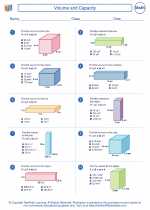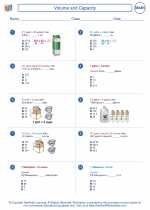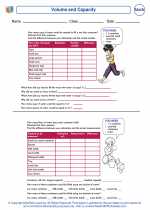Combinations
Combinations refer to the different ways in which a set of items can be arranged or selected without considering the order. In other words, combinations are used to find the number of ways to select a specific number of items from a larger set, where the order of selection does not matter.
Formula for Combinations
The number of combinations of n items taken r at a time is denoted by C(n, r) or nCr and is calculated using the formula:
C(n, r) = n! / (r! * (n - r)!)
Where n is the total number of items, r is the number of items to be selected, and ! represents the factorial of a number (the product of all positive integers up to that number).
Example
For example, if you have 5 different colored balls (red, blue, green, yellow, and orange) and you want to select 3 of them, the number of different combinations of 3 balls that can be selected from the 5 is given by:
C(5, 3) = 5! / (3! * (5 - 3)!) = 5! / (3! * 2!) = (5 * 4 * 3) / (3 * 2) = 10
So, there are 10 different combinations of 3 balls that can be selected from the 5.
Study Guide
Here are some key points to remember when working with combinations:
- Combinations are used to find the number of ways to select items from a set without considering the order.
- The formula for combinations is C(n, r) = n! / (r! * (n - r)!), where n is the total number of items, and r is the number of items to be selected.
- Factorial (!) of a number is the product of all positive integers up to that number.
- When using the combination formula, make sure to calculate the factorials accurately and simplify the expression.
- Practice problems involving combinations to gain a better understanding of the concept.
Understanding combinations is important in various fields such as probability, statistics, and combinatorics. Mastery of this concept will enable you to solve a wide range of problems involving the selection of items from a set.
.◂Math Worksheets and Study Guides Fifth Grade. Volume and Capacity

 Worksheet/Answer key
Worksheet/Answer key
 Worksheet/Answer key
Worksheet/Answer key
 Worksheet/Answer key
Worksheet/Answer key
 Worksheet/Answer key
Worksheet/Answer key
 Worksheet/Answer key
Worksheet/Answer key
